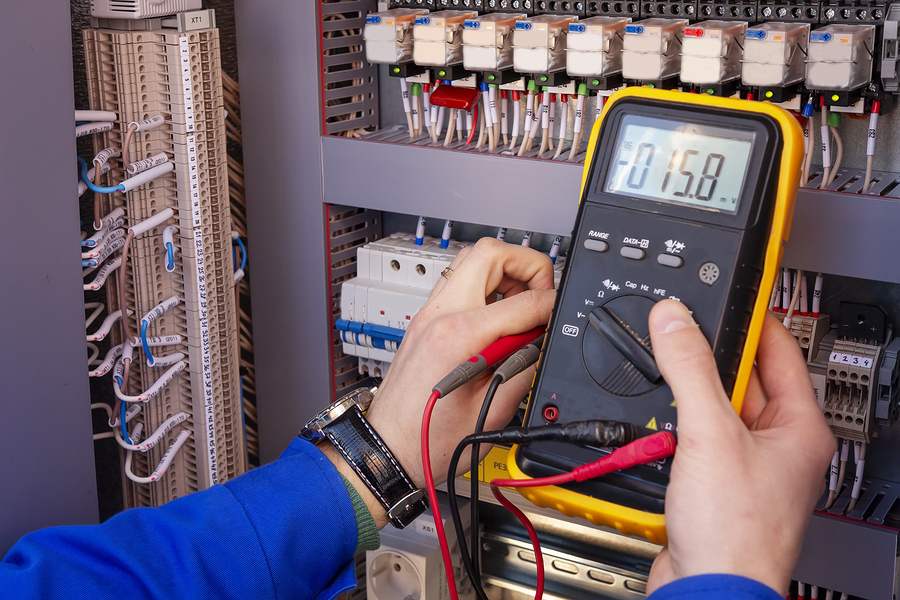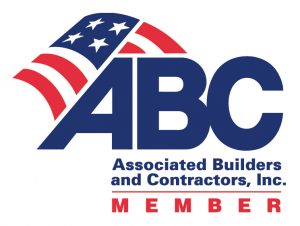What Plant Management Needs to Know About Power Systems

Power distribution systems normally fall under the care of company or facility engineering departments in large companies. Small companies might have small, one-man departments or none at all. In either case, it’s helpful if plant management knows something about the power supply the runs their plant.
Like the captain of a ship who knows his vessel from stem to stern, the plant manager should have some knowledge of the power system, its construction and its capacity. Even though the manager isn’t expected to work directly on the distribution system, he or she will benefit from a rudimentary understanding. One advantage of a basic understanding is that it will assist when planning future expansion projects or when equipment upgrade or replacement is necessary.
Understanding Voltage
Most people are familiar with the 120/240 volt systems that power residences and small businesses. Briefly, the power company sends high-voltage electricity into the area via their main distribution lines. This high voltage is conditioned for residential use by the power company’s transformers that reduce the voltage.
The process is similar with industrial power. However, the step-down transformers are often owned and maintained by the factory. Additionally, the reduced voltage is usually higher than residential voltages. In an industrial setting, these voltages range from 208 volts to 480 volts. These higher voltages permit more efficient electrical consumption with industrial equipment.
If lower voltages are needed for lighting and office areas, the voltage is stepped down again by additional, facility-owned transformers. Both main and secondary transformers must be checked routinely and maintained properly to avoid costly downtime.
Power Phasing
Power phasing is more difficult to understand. There are single-phase supplies and three-phase supplies. In residential applications, single-phase power comes to the home on two energized wires – often called legs – and a non-powered or neutral wire. The powered lines are designated A and B. When either A or B is used with the neutral conductor, 120 volts are available. When both A and B are used, 240 volts are generated. Even though there are two phases, it is still called a single-phase system.
In the industrial system, power is supplied by three energized lines, designated A, B and C. The three phases are necessary to power most industrial motors. A neutral wire may be present to permit lower voltages. For example, in a 480 volt system, the voltage between any two legs is 480 volts. However, the voltage between a single hot leg and neutral will be 277 and this is often used for plant lighting.
Why is understanding voltage and phasing important? Simply put, when planning equipment additions or upgrades, the power requirements of the equipment must match the facility’s system or costly system modifications may be necessary.
System Capacity
Every power system has a finite, defined load capacity. Additionally, subsystems of that main system have their own limits. When planning for additional processes, these limits need to be considered. As additional loads are added, the available capacity is reduced. Rerouting of the power source or power system upgrades may be necessary to install the new equipment.
Power system capacities are based on the amperage rating. Amperage is the amount of current flow that a system can handle, measured in amperes. Amperage is different from, but related to voltage. It’s important to know that amperage capacity is inversely related to the amount of voltage present, given the same size and type of conductors or equipment.
That is, as the voltage supplied decreases, the amperage increases for a given device. For example, a three-phase motor that draws 10 amps at 480 volts will draw 20 amps when connected to a 208-volt system.
Why is this so important? A recent weighing system installation provides a good illustration. The system, which included scales and conveyors, was originally designed for use with a single 480-volt power source. During the negotiation phase, the design specifications were changed to operate on 208 volts. However, the present 208-volt supply could not handle the increased amperage. The load capacity was marginal at best. Therefore, a second power supply needed to be installed to prevent system overloading, at a considerable additional cost.
System overloads cause equipment failures, power outages and potentially costly power system damage. Knowing the power system’s available capacity ensures a safe, workable installation. Plant management should always consult with the engineering or maintenance department to ensure that proposed new installations or upgrades can be handled by the present power supply sources. If not, upgrades to the power supply will need to be factored into the installation cost.
Plan Wisely for Building and Equipment Upgrades
As stated, this information is basic and does not go into great detail. Its purpose is to inform plant management teams that the electrical supply must be assessed before approving new projects. If necessary, the management team should consult a qualified industrial-power contractor for a comprehensive evaluation of the plant power supply and systems. This will avoid costly surprises when the new equipment is installed.
Get in touch
AEIOK - TULSA
1424 E 3rd St
Tulsa OK 74120
AEIOK - OKC
317 N Portland Ave, Suite D
Oklahoma City, OK 73107
Phone
Questions?
ABOUT US
Specializing in commercial and industrial installations, service, and maintenance.
Native American Owned. General Construction, Electrical, Material Handling. Licensed in OK and AR.
CONTACT US
Tulsa
1424 E 3rd St
Tulsa, OK 74120
Oklahoma City
317 N Portland Ave, Ste D
Oklahoma City, OK 73107
Toll Free:
800-583-3727




0 Comments